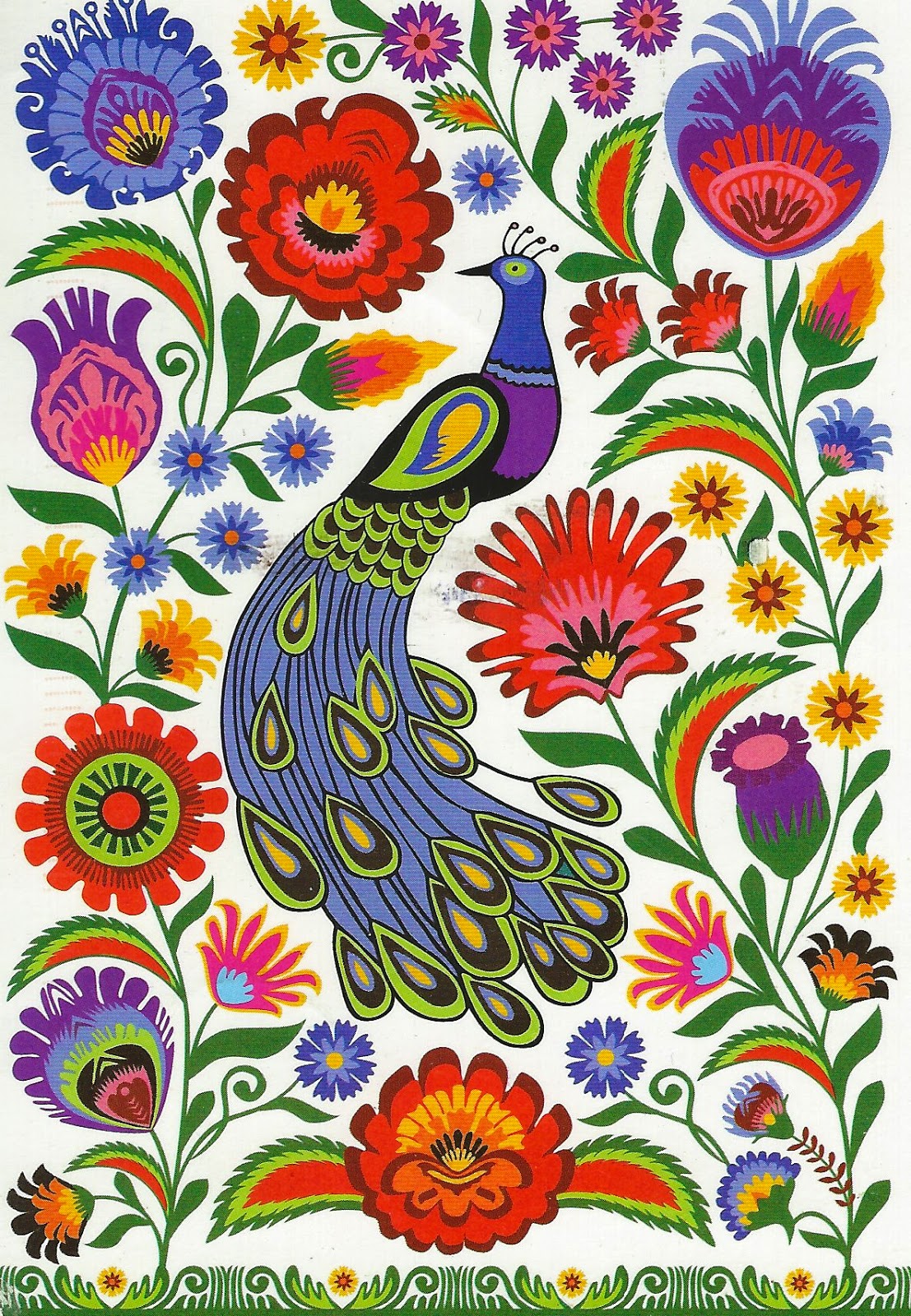Today seems to be a better day.
Recent receipts of cards include some for my current collections: Russian Churches; Square cards; Natalia Anurchenkova; Polish Folk Art; Shaped cards; Buddha & Related; and Gotochi!
From Russia
 |
| St. Basil's Cathedral Postcard-sent by, SUESUE |
The original building, known as Trinity Church and later Trinity Cathedral, contained eight side churches arranged around the ninth, central church of Intercession; the tenth church was erected in 1588 over the grave of venerated local saint Vasily (Basil). In the 16th and 17th centuries the church, perceived as the earthly symbol of the Heavenly City,[9] as happens to all churches in Byzantine Christianity, was popularly known as the "Jerusalem" and served as an allegory of the Jerusalem Temple in the annual Palm Sunday parade attended by the Patriarch of Moscow and the tsar.[10]
The building is shaped as a flame of a bonfire rising into the sky,[11] a design that has no analogues in Russian architecture. Dmitry Shvidkovsky, in his book Russian Architecture and the West, states that "it is like no other Russian building. Nothing similar can be found in the entire millennium of Byzantine tradition from the fifth to fifteenth century ... a strangeness that astonishes by its unexpectedness, complexity and dazzling interleaving of the manifold details of its design."[12] The cathedral foreshadowed the climax of Russian national architecture in the 17th century.[13]
As part of the program of state atheism, the church was confiscated from the Russian Orthodox community as part of the Soviet Union's anti-theist campaigns and has operated as a division of the State Historical Museum since 1928.[14] It was completely and forcefully secularized in 1929[14] and remains a federal property of the Russian Federation. The church has been part of the Moscow Kremlin and Red Square UNESCO World Heritage Site since 1990.[15] It is often mislabelled as the Kremlin owing to its location on Red Square in immediate proximity of the Kremlin.
Source: Wikipedia
From Thailand
Sukhothai Historical Park
is located in Tambon Muang Kao, Ampher Muang Sukhothai. It is 12
kilometres (7.5 mi) away from town. It is opened daily from 8.30
a.m.-4.30 p.m. Ruins of the royal palaces, Buddhist temples, the city gates, walls, moats, dams, ditches, ponds, canals, and the water dyke
control system, which were the magical and spiritual centre of the
kingdom, are now preserved and have been restored by the Fine Arts
Department with the cooperation of UNESCO. It’s not only with a view of fostering Thailand's national identity, but of safeguarding, a fine example of mankind's cultural heritage.The park covers the ruins of the ancient Sukhothai Kingdom. UNESCO declared it a World Heritage Site in December 1991. During its golden age, Sukhothai was the centre for administration, religion, and economy. The original city was surrounded by walls with 4 city gates. Today the walls house a number of sites worthy of visiting. They include:
 |
| UNESCO WHS-Postcard sent by Beambots, from Thailand |
Wat Mahathat (see photo)
The Ramkhamhaeng National Museum
The Ramkhamhaeng Monument
Wat Si Sawai
Wat Traphang Ngoen
Wat Traphang Thong
Wat Chana Songkhram,
Wat Sa Si
Wat Mai
San Ta Pha Daeng (the Deity Shrine)
Wat Mahathat is the largest temple with a customary main Chedi in lotus-bud shape and an eight metre high Buddha image. It is located in the middle of town that reflects to prosperity of the Sukhothai architecture within the monastery are housed Phra Rattana Chedi, the pagoda of the temple, which was erected on the Charot Withithong Rd.[2] The museum collection includes gifts from the ex-abbot of Wat Ratchathani and art objects unearthed in Sukhothai and nearby provinces, so if everyone is interested in art objects, Monument of Phor Khun Ramkamhaeng museum is a good place to visit.
Source: Wikipedia
From Poland
 | |
| Received through official Postcrossing, from Robert |
Wycinanki, pronounced (Vee-chee-non-key), are Polish
decorative paper cut-outs which are regarded by many as the most
beautiful in the world. The Wycinanki on display at the museum were made
by hand in Poland with sheep-shearing scissors. They were used to
decorate the walls of ceiling beams in countryside cottages and given as
gifts to family members and friends. The colorful cut-outs of flowers,
circles and stars with a symmetrical arrangement reflect a particularly
high level of artistry.
In addition to the multi-colored cut-outs of peacocks,
roosters and other birds, there are also decorative scenes depicting
special events throughout the year. Wycinanki were traditionally cut as a
form of relaxation in rural areas of Poland after the chores of the day
were completed. This folk art was passed down from generation to
generation and, as it developed, became quite competitive in Polish
towns and villages. New themes and ideas developed as the artwork became
more detailed and intricate. The decorative cut-outs became popular
throughout Poland in the middle of the 19th century, and remain a
treasured form of Polish folk art.
Source: The Polish American Center
Thank you all for these wonderful cards showcased here and those mentioned as well!

